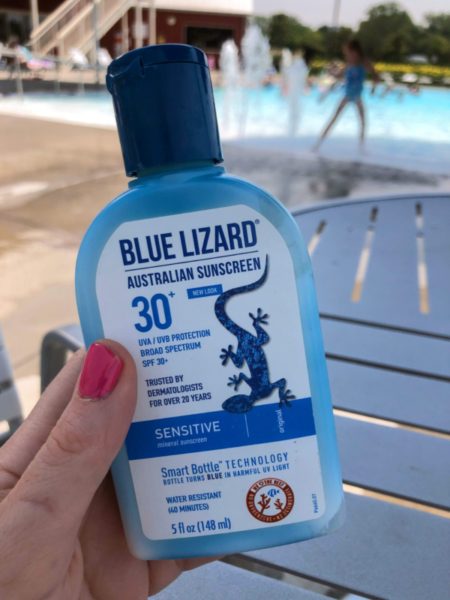

29 studies have been done on the causal relationship between the two chemicals and human health, and their findings have been somewhat mixed. The claim that oxybenzone and octinoxate are safe for humans is arguably a dubious one. In an unsurprising 2018 public statement, the senior director of a national trade association which represents manufacturers for Johnson & Johnson and others condemned the new regulations, saying “two ingredients that are both safe and effective for use in sunscreen are being banned…” He went on to claim that other issues affecting coral reefs are more important, such as “global warming, overfishing, pollution, and runoff.” Johnson & Johnson, Proctor & Gamble, and L’Oreal alone own 30% of the sun care market and are something like heavyweight champions when it comes to sunscreens containing oxybenzone and octinoxate. Yet another way to interpret the size of the sun care industry is to see there are quite powerful brands with a heavy stake in the outcome of the new regulations. Suddenly excluding the majority of that market in one of the states where it is used most certainly seems like it could be a risky move for public health.

One way to interpret that is to recognize it means millions and millions of Americans are using a sunscreen every day to protect their health.

Suncare in the US is a multi-billion-dollar industry.
#Hawaiian reef safe sunscreen skin
The American Academy of Dermatology stated in 2018 that the ban could cause an increase in skin cancer rates in a part of the world where it is already unusually common. If banning sunscreen to save coral reefs raises your eyebrows, you’re not alone - the decision has been fairly controversial. Unfortunately, there are studies, most notably one conducted in 2015 by Haereticus Environmental Laboratory, suggesting these ingredients are also like kryptonite to coral reefs when they wash off into the ocean, damaging the coral’s DNA, producing deformities and bleaching, even killing it altogether. In other words, they are in fact the active ingredients in an estimated 80 percent of sunscreens on the market.

To what extent the law gets enforced or halts the sale or use of the proscribed sunscreens is, by all appearances, an as-yet unresolved question but what are these chemicals in the first place, and why are they being banned?īoth oxybenzone and octinoxate are FDA-approved compounds that absorb and filter UV rays. Fair Wind, one of the major cruise lines sailing regularly through the bay, says they are providing complimentary sunscreen to customers that meet the new legal requirements, but they’ve apparently been doing so since well before the law was enacted. While this apparently crosses the boundary from banning sales to banning actual use entirely, it is however still not at all clear how it will be enforced. Exactly one year before the statewide ban took effect, The Hawaii State Department of Land and Natural Resources banned all use of such sunscreens by “commercial vessels” - i.e., the boats that take hundreds of tourists out for swimming and snorkeling every day. Off the Kona Coast in Kealakekua Bay, it’s a slightly different story. Honolulu Civil Beat recently quoted both Senator Mike Gabbard, who introduced the bill in the first place and a lieutenant from the Kauai County police department, both of whom made it sound like the law is essentially not being enforced at all. However, although the ban is statewide, it doesn’t explicitly prohibit the use of sunscreen containing the two offending chemicals, nor does it even bother specifying what penalties, if any, should apply. What is extraordinary about the issuing of such a ban is that it made Hawaii the first state in the country to do so. We’ll cover what these chemicals are, and why they’ve become the targets of legal action, in a moment. The law is not an outright ban on sunscreen rather, it bans the sale of any sunscreen containing either oxybenzone or octinoxate “without a prescription issued by a licensed healthcare provider.” However, unbeknownst to many, the bill ( SB2571) finally took effect on January 1, 2021. Since then, most of us have perhaps forgotten about it - after all, let’s face it, a lot has happened in the 3 years since then.


 0 kommentar(er)
0 kommentar(er)
